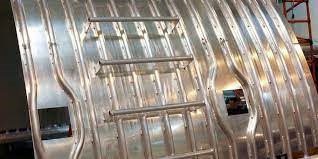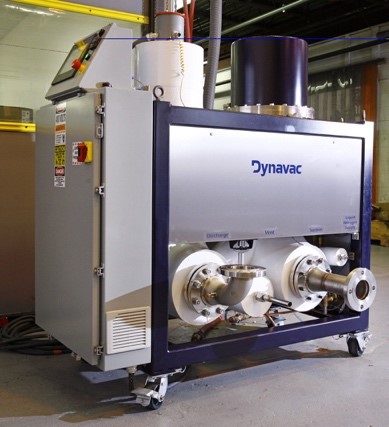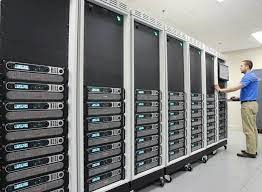Electric Propulsion Systems
Electric thrusters are making dramatic strides in spacecraft propulsion based on their superior efficiencies versus chemical propulsion. Electric propulsion covers a wide range from CubeSat micro thrusters to primary propulsion for deep space missions.
Our electric propulsion test chambers are designed to meet the pumping challenges of maintaining space vacuum and temperature conditions under the thruster flow rates. Our stable chamber conditions give the right environment for all your test needs- including thrust and exhaust velocity measurements, plume characterization, and life testing.

Electric Propulsion Test System Highlights

Dynavac’s expertise in space simulation and vacuum pumping gives you turnkey systems to develop and test spacecraft electric propulsion under tightly controlled and realistic space conditions. Maintaining proper chamber pressure is key; our systems reliably and accurately create the conditions to flight-test your thrusters.
Key Features
- Stainless steel vacuum chambers available from 5ft and up
- Vacuum levels are maintained by a matched rough- and high-vacuum pumps capable of 10-7 torr
- Internal cold arrays at 20K enable pumping of condensable gasses such as Xenon, Krypton, and Iodine
- Water or liquid nitrogen cooled beam dump target lined with low-sputtering materials such as graphite. Other target materials available.
- Our electric propulsion test systems can be easily configured to serve as thermal vacuum test systems
- Variety of test stands including vibration isolation options
Thermal Control Hardware
Dynavac’s thermal control hardware provides precision performance and reliability during critical test periods.
Key Features
- Shrouds
- Platens
- Cold Plates
- Contamination Plates
- Scavenger Plates
- High Emissivity Coatings

Thermal Control Strategies

Thermal control strategies are available to support many types of test conditions.
Key Features
- Closed-loop Gaseous Nitrogen
- Flooded Liquid Nitrogen
- Mechanical Refrigeration
- Gaseous Helium
- Radiant Heating
Control & Instrumentation
Advanced control systems and instrumentation to enable full monitoring and control at every step of your test program
Key Features
- Automated control system architecture manages system functions and datalogging
- Contamination control and monitoring equipment
- Thermal Data Acquisition Systems
- Auxiliary Thermal Control Systems

